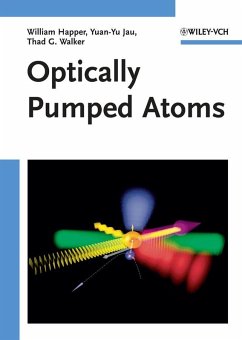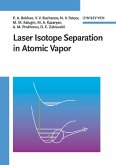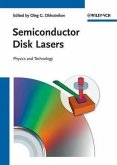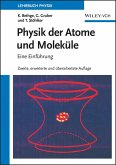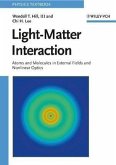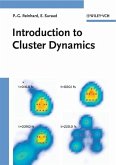Vorgestellt wird der moderne Kenntnisstand auf dem Gebiet des optischen Pumpens von Atomen. Der neuartige Ansatz der Autoren eignet sich für Modellierungen unter den meisten experimentellen Bedingungen (magnetische Resonanz mit oszillierenden Magnetfeldern, magnetooptischen Kräften und Spinrelaxation).
Dieser Download kann aus rechtlichen Gründen nur mit Rechnungsadresse in A, B, BG, CY, CZ, D, DK, EW, E, FIN, F, GR, HR, H, IRL, I, LT, L, LR, M, NL, PL, P, R, S, SLO, SK ausgeliefert werden.

